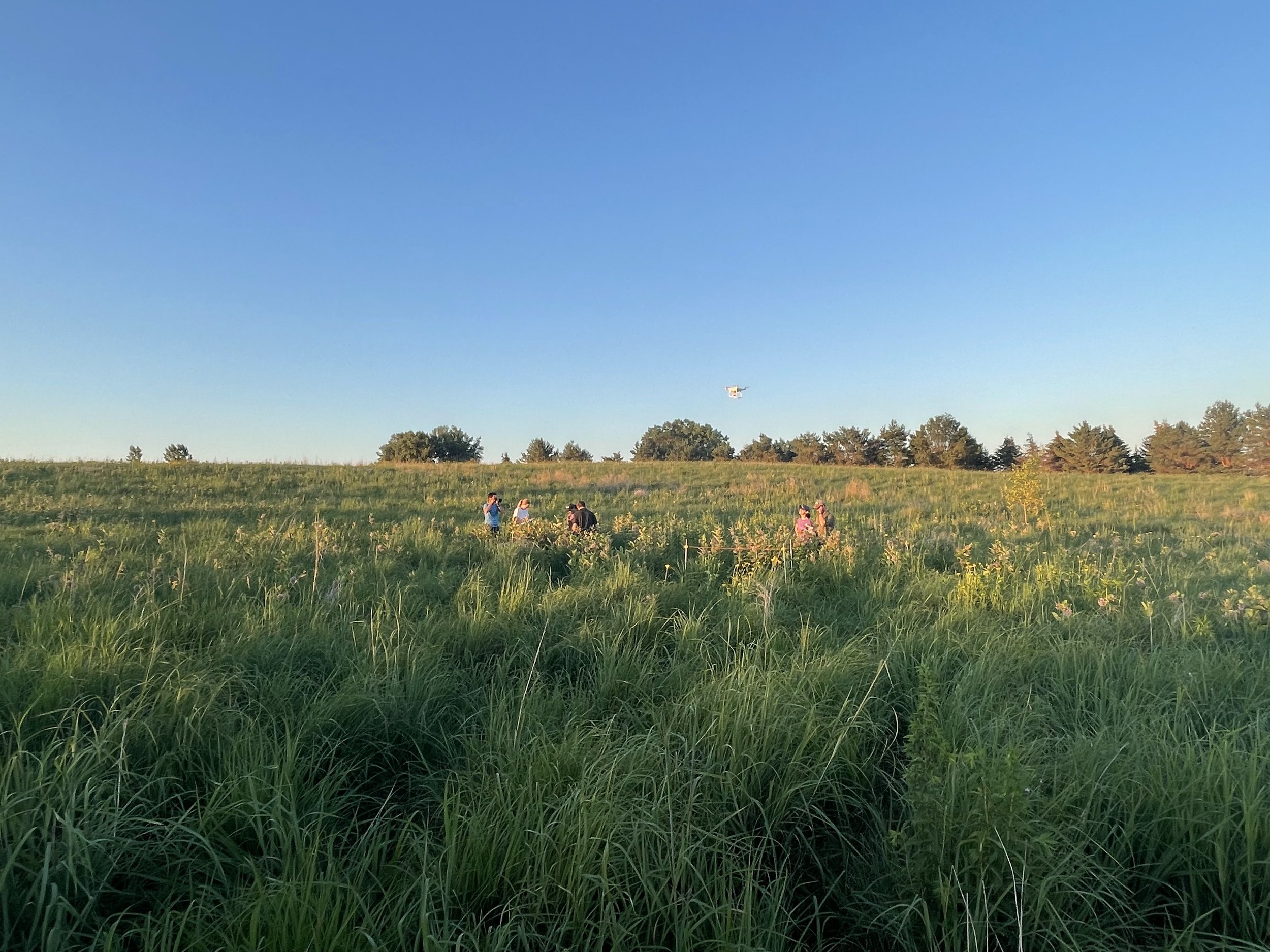Comparing High-Resolution Photos with Extracted 4K Video Frames
Video formats differ from still imagery from a technical perspective. In here, you will find considerations for using still imagery versus images extracted from a high-resolution video feed.
Data Volumes
Undoubtedly, 4K video has significantly better resolution than Full HD video. For example, in pixels, the dimensions of a 4K image are approximately 3840 x 2160 (8,294,400 total pixels, or 8.3 MP); for an HD image, the number of pixels is 1920 X 1080 (2,073,600 total pixels, or 2.0 MP)—four times the number of pixels in 4K video vs. HD. A camera that captures still imagery comes in many different sizes. For comparison, I am using the Sony ILX-LR1 in single image capture mode. The sensor is 9,504 x 6,336 (60,217,344 total pixels), also known as a 60MP camera.
Data Volume Comparisons
When comparing 4K video and an LR1 still image, the amount of data captured over a particular area is a good place to start. A standard frame rate for video is 30 frames per second (fps). This means every second, 30 images are being captured. In a no-overlap scenario using the LR1, you may capture an image every 3.0 seconds.
The data comparison is significant. Capturing 30 fps of 4K video for 3 seconds results in 90 images, each at 8.3 MP, totaling 747 MP. If captured with a still imagery camera, the two images total 120MP. The use of high-resolution imagery produces 16% of the video data volume.
In a real-world comparison, flying at 10 miles per hour takes six minutes to fly a mile. This means that 10,800 4K images are captured, compared to 120 still-frame photos at the same distance. The implications of data transfer, processing, management, and storage are significant.
Sony A7r camera image shot at 120’ zoomed in.
Data Quality
Data quality concerns include actual resolution (ground sample distance, GSD), video compression, motion blur, and lack of embedded GPS metadata and camera parameters necessary for geospatial analysis. In most cases, video data and metadata are captured separately and must be encoded into the video file during a processing step before analysis begins. This is not always the case, but it is most common, and unfortunately, it adds significant processing time, reduces data reliability, and introduces positional uncertainty.
Challenges using high-resolution Video
Low Resolution and Insufficient Detail – Small objects often occupy only a few pixels in a frame, making it difficult for models to extract distinctive features.
Motion Blur—The fast movement of small objects often causes motion blur, which reduces the sharpness of features needed for detection and can be amplified by data compression.
Poor Localization Accuracy—Small errors in bounding box prediction have a larger impact on small objects, reducing detection confidence.
Secondary Data Uses—lower-quality video resolution hinders the generation of actionable intelligence in maps, shapefiles, alerts, dispatching tools, and machine learning capabilities.
Summary
Although 4K video at 30 fps captures a much higher volume of frames, still imagery delivers far superior data per frame: higher resolution, precise metadata, and analytical readiness. For remote sensing applications where accuracy, repeatability, and efficiency are priorities, still imagery remains the superior method, despite its lower frame rates and minimal overlap.






